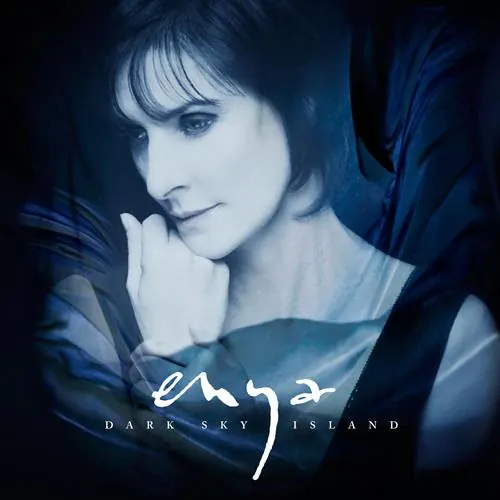
Enya
Top Enya albums
Top Enya lyrics
Enya biography
With her blend of folk melodies, synthesized backdrops, and cla**ical motifs, Enya created a distinctive style that more closely resembled new age than the folk and Celtic music that provided her initial influences. Enya is from Gweedore, County Donegal, Ireland, which she left in 1980 to join the Irish band Clannad, the group that already featured her older brothers and sisters. She stayed with Clannad for two years, then left, hooking up with producer Nicky Ryan and lyricist Roma Ryan, with whom she recorded film and television scores. The result was a successful album of TV music for the BBC. Enya then recorded Watermark (1988), which featured her distinctive, flowing music and multi-overdubbed trancelike singing; the album sold four million copies worldwide. Watermark established Enya as an international star and launched a successful career that lasted well into the '90s.br /br /Enya (born Eithne Ni Bhraonain) was born into a musical family. Her father, Leo Brennan, was the leader of the Slieve Foy Band, a popular Irish show band; her mother was an amateur musician. Most importantly to Enya's career, was her siblings, who formed Clannad in 1976 with several of their uncles. Enya joined the band as a keyboardist in 1979, and contributed to several of the group's popular television soundtracks. In 1982, she left Clannad, claiming that she was uninterested in following the pop direction the group had begun to pursue. Within a few years, she was commissioned, along with producer/arranger Nicky Ryan and lyricist Roma Ryan, to provide the score for a BBC-TV series called The Celts. The soundtrack was released in 1986 as her eponymous solo album.br /br /Enya didn't receive much notice, but Enya and the Ryans' second effort, Watermark, became a surprise hit upon its release in 1988. "Orinoco Flow," the first single, became a number one hit in Britain, helping the album eventually sell eight million copies worldwide. Enya spent the years following the success of Watermark rather quietly; her most notable appearance was a cameo on Sinead O'Connor's I Do Not Want What I Haven't Got. She finally released Shepherd Moons, her follow-up to Watermark, in 1991. Shepherd Moons was even more successful than its predecessor, eventually selling over ten million copies worldwide; it entered the U.S. charts at number 17 and remained in the Top 200 for almost four years.br /br /Again, Enya was slow to follow up on the success of Shepherd Moons, spending nearly four years working on her fourth album. The record, entitled Memory of Trees, was released in December of 1995. Memory of Trees entered the U.S. charts at number nine and sold over two million copies within its first year of release. In 1997 came the release of a greatest-hits collection, Paint the Sky with Stars: The Best of Enya, which featured two new songs. Enya's first album of new material in five years, Day Without Rain, was released in late 2000. In 2002, she contributed material to the first film in Peter Jackson's award-winning Lord of the Rings trilogy, scoring a hit with the single "May It Be." Amarantine, her first full-length recording since Day Without Rain, followed in November of 2005. ~ Stephen Thomas Erlewine & William Ruhlmann, All Music Guide

